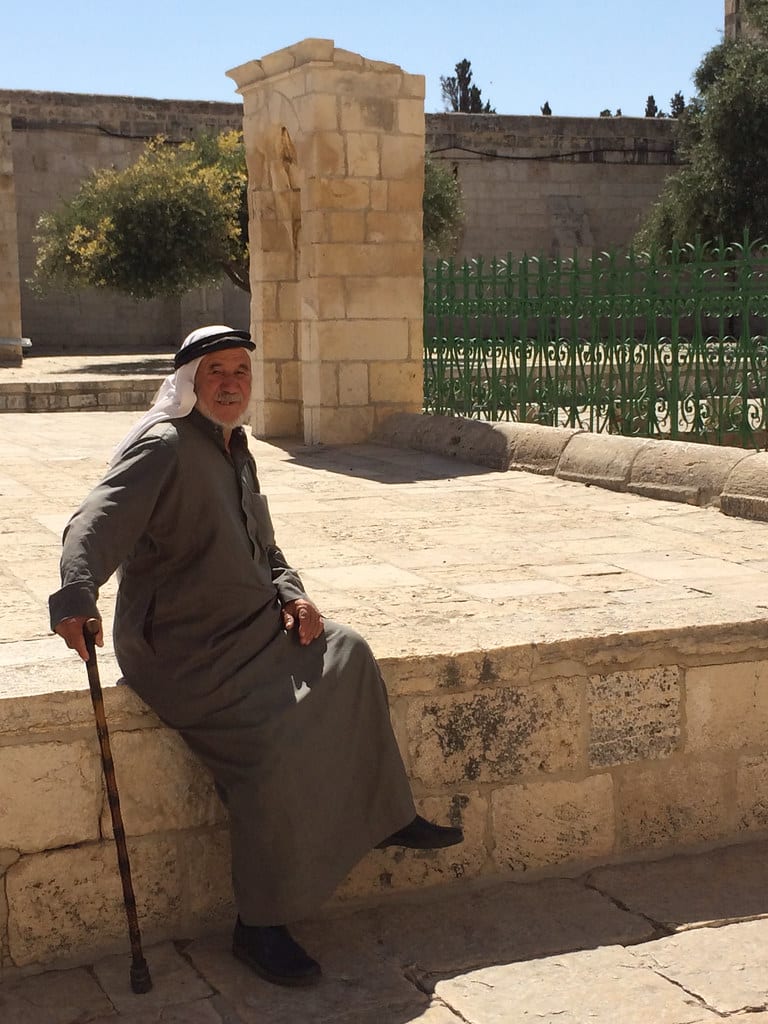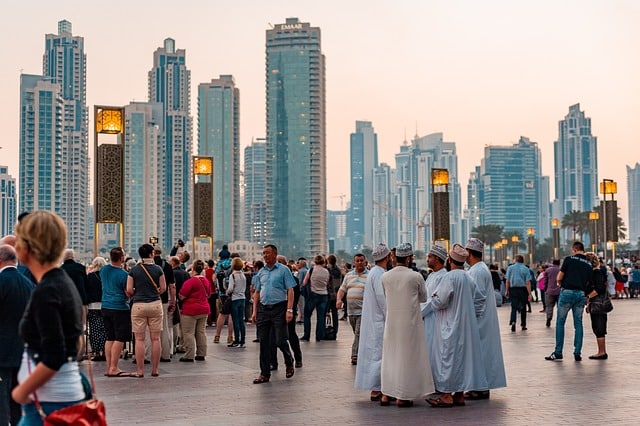Why the Middle Eastern Thawb is Comfortable and Should be in Every Wardrobe
Table of Contents
Toggle
The thawb?
The thawb (also spelled thobe) is a loose-fitting robe worn by men throughout the Middle East. It’s traditionally made of cotton, but recently polyester has become popular. High-end thawbs are embellished with embroidery and made from expensive fabrics like silk. Thawbs have a loose fit that allows for freedom of movement and comfort, which makes them common in hot weather as well as cold. They’re also often worn by field workers and laborers because they protect their skin from sunburn and abrasion while working outside all day long. Unlike western clothing, they’re especially comfortable while wearing a head covering (like a turban).
The traditional robes are worn by men throughout the Middle East
The traditional robes are worn by men throughout the Middle East. They’re also called jubbahs or thobes, and they’re worn by Muslims and non-Muslims alike.
The word “thobe” comes from an Arabic word meaning “to cover” (which may explain why some people think this article is about a dress).
They're also called jubbahs or thobes
The word thawb comes from the Arabic word thawb, which means “garment”. Jubbah is the Arabic word for thawb, and it’s used in the Gulf region and North Africa. The word thobe is also used in some parts of North Africa, especially Somalia.
Traditionally made of cotton, but recently polyester has become popular
Traditionally, the thawb is made from cotton. Because of its softness and breathability, cotton is the most comfortable fabric for a thawb to wear in summer or winter. However, in recent years polyester has become popular for its durability and color range—a good choice if you’re looking for something that will last longer than your average cotton thawb, but still want to look stylish. Both fabrics are easy to care with little maintenance required: just wash them as needed in warm water with mild detergent (no bleach!).
High-end thawbs are embellished with embroidery and made from expensive fabrics like silk
High-end thawbs are embellished with embroidery and made from expensive fabrics like silk. The higher the price, the more elaborate the embroidery or fabric.
Thawbs have a loose fit that allows for freedom of movement and comfort
Thawbs are loose-fitting, allowing for a comfortable and unrestrictive fit. This is especially useful during summer months, when you want to be able to move around freely without feeling too warm. It also keeps you from getting overheated in winter.
Of course, thawb designs vary depending on the country where they’re worn and the materials used in their construction; however, generally speaking a thawb will have a somewhat relaxed fit with wide sleeves (which can be folded or left out) or simply cut straight across at the wrist.
They're common in hot weather and are often worn by field workers and laborers
When you think of a thawb, you likely imagine that it’s worn in hot weather. And this is true. But what some might not know is that the thawb is also very comfortable in cold weather. Because the loose-fitting garment allows for freedom of movement, and because it protects from sunburn and abrasion (which are common during colder months), the thawb can easily be worn all year round—and it’s especially great for those who work outdoors.
Such versatility makes it an ideal choice for people who want to feel comfortable at work or play without sacrificing their sense of style by wearing something they don’t enjoy wearing every day.
Thawbs also protect the wearer from sunburn and skin damage
Thawbs are loose and can be worn over other clothing. This makes them great for warmer climates, where it’s important to protect your skin from the sun. They also provide protection from wind and cold weather, which means they’re a great option for winters in northern climes.
Unlike western clothing, they're especially comfortable while wearing a head covering (like a turban)
Unlike western clothing, which is often extremely tight and prone to bunching, the thawb’s loose fit allows you to wear it comfortably even while wearing a head covering (like a turban). In fact, its cooling properties are ideal for this kind of weather.
You may also be surprised to learn that the thawb is more comfortable than western clothing in general, because there’s no need for uncomfortable undergarments or tight fitting sleeves. As long as you choose your size carefully and don’t wash it often (as advised by many traditional tailors), your thawb will stay soft and shapely until all your friends want one too.
A thawb's long sleeves protect the wearer's hands from sunburn and abrasion
The long sleeves of a thawb protect the wearer from sunburn and abrasion. There are many ways to wear thawbs, but one benefit is that they’re loose-fitting and don’t restrict movement: you can still do whatever you want without feeling constrained or uncomfortable.
The loose fit of a thawb also allows for maximum comfort when wearing head coverings like turbans—and it’s especially important to be comfortable if you’re going to be covering your head all day.
The traditional thawb has no pockets or zippers, but newer versions have them
You might be wondering why a thawb doesn’t have pockets. It’s because they are loose-fitting and meant to be worn over another layer, like a long tunic or shirt. Thawbs don’t have zippers either because they need to flow loosely when you walk around so that you don’t get overheated from the heat of your own body trapped in too small of a space.
Most people don’t wear thawbs in cold weather because it is not necessary for warmth. There is also no need for additional layers if you’re wearing one because it has full sleeves and covers your legs as well as torso—the main reason you’d want extra clothes on in winter anyway! In fact, the traditional thawb requires less fabric than most clothing options which makes it ideal for hot climates where material tends to be heavy due to sweat buildup during summer months (like here)
There is a specially designed pocket to store the prayer beads used in Muslim prayer
The thawb also comes with a specially designed pocket to store the prayer beads used in Muslim prayer. Prayer beads are used in Islam, Hinduism, and Buddhism as a tool for counting prayers. The prayer bead is held between two fingers of one hand while the thumb moves over them from one bead to another. Each bead represents an aspect of God or an intention during prayer. This helps a person focus on his/her prayers instead of worrying about how many times he/she has repeated it so far.
You should wear a thawb at least once because they are so comfortable!
A thawb is not just a comfortable garment, but also practical. While loose-fitting and casual-looking, it can also be worn as a uniform by field workers, laborers and even soldiers. There’s some science behind this as well: The flowing fabric allows for maximum comfort when you’re working or playing outdoors in hot weather. Meanwhile, the fabric itself helps keep you cool because it allows air to flow through easily and absorbs moisture while repelling heat from the sun. Finally, the loose fit of these garments means they won’t restrict your movement (or get caught on things) while you’re working in thick brush or getting down on your knees to pick up trash on shorelines!
Conclusion:
I hope this has given you some insight into the modern Middle Eastern thawb and why it’s such a great piece of clothing. The traditional style works well in hot weather, but there are also modern versions that can be worn in colder climates. In short, if you don’t already own one or two of these robes then I recommend buying some! You won’t regret it
Sources
- Images from FreePik, Unsplash, Openverse, Pixabay, Pexels

